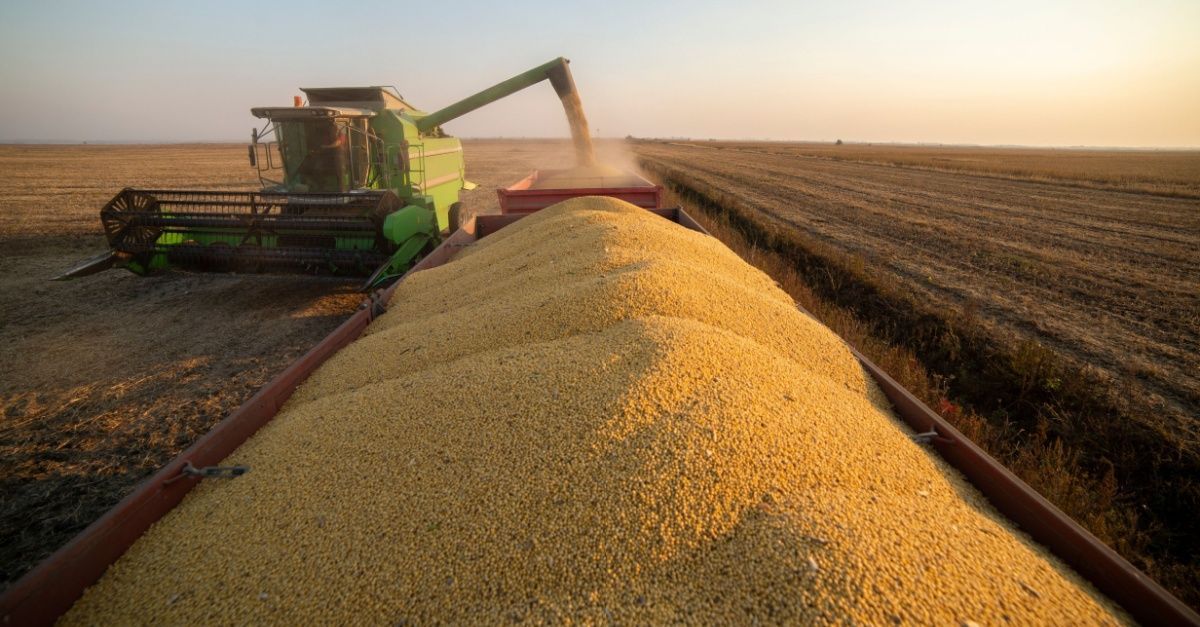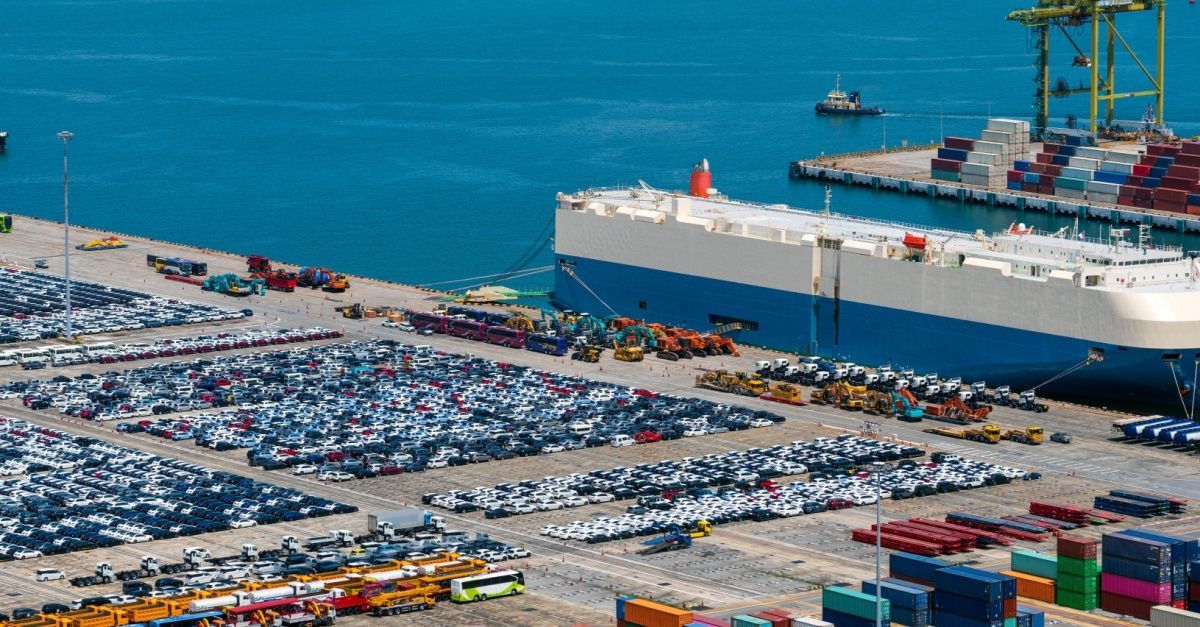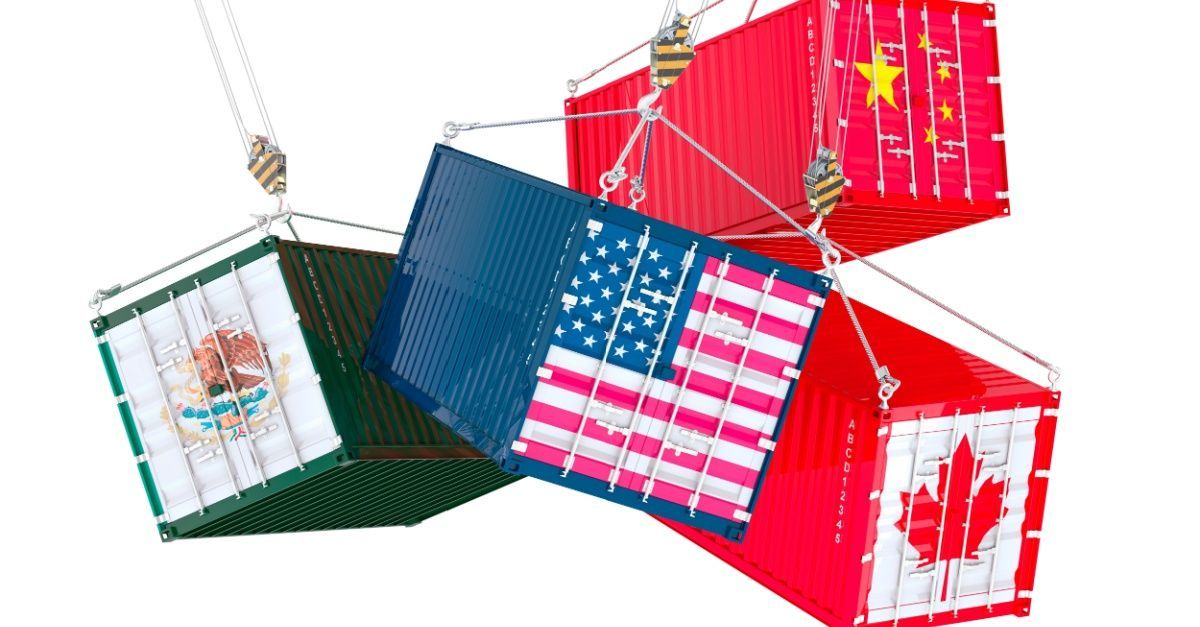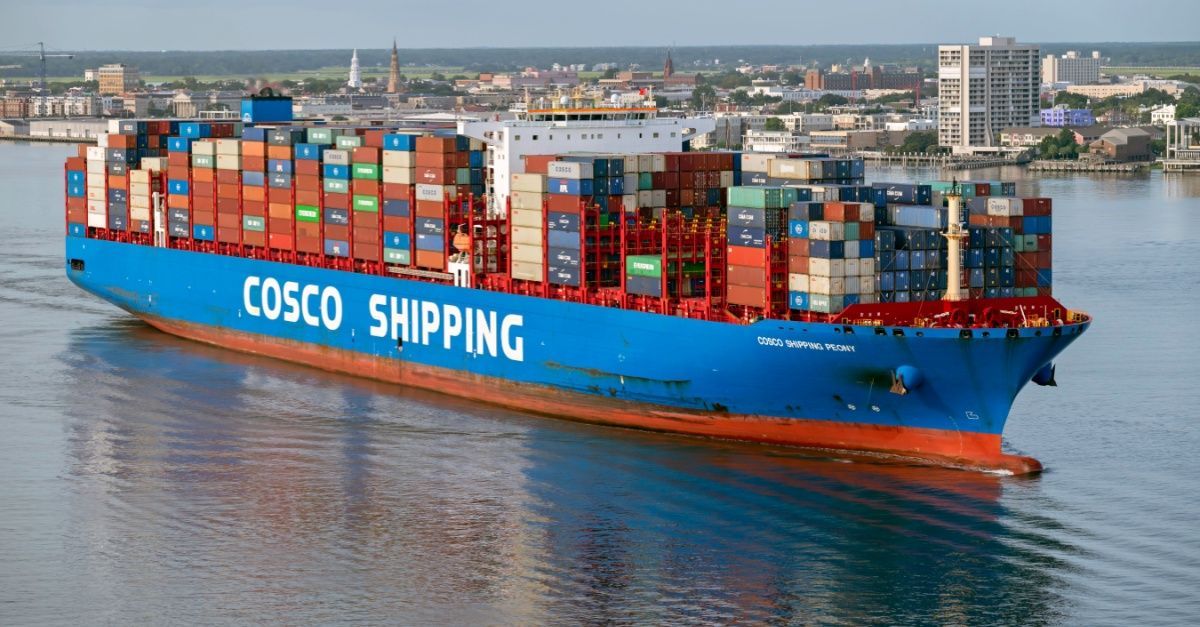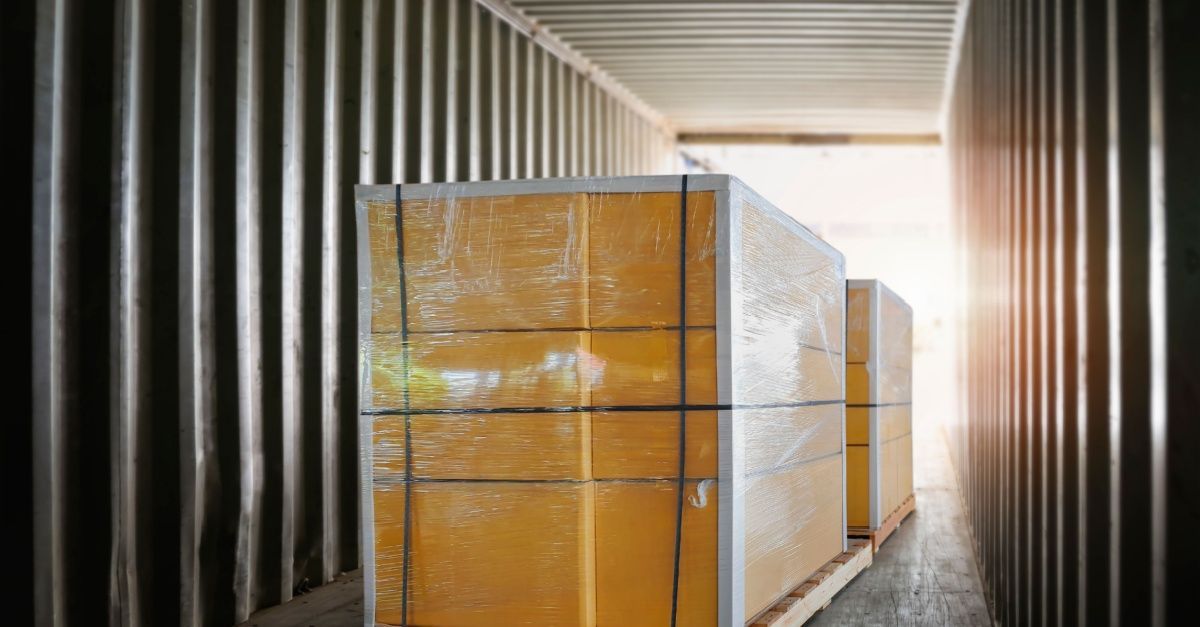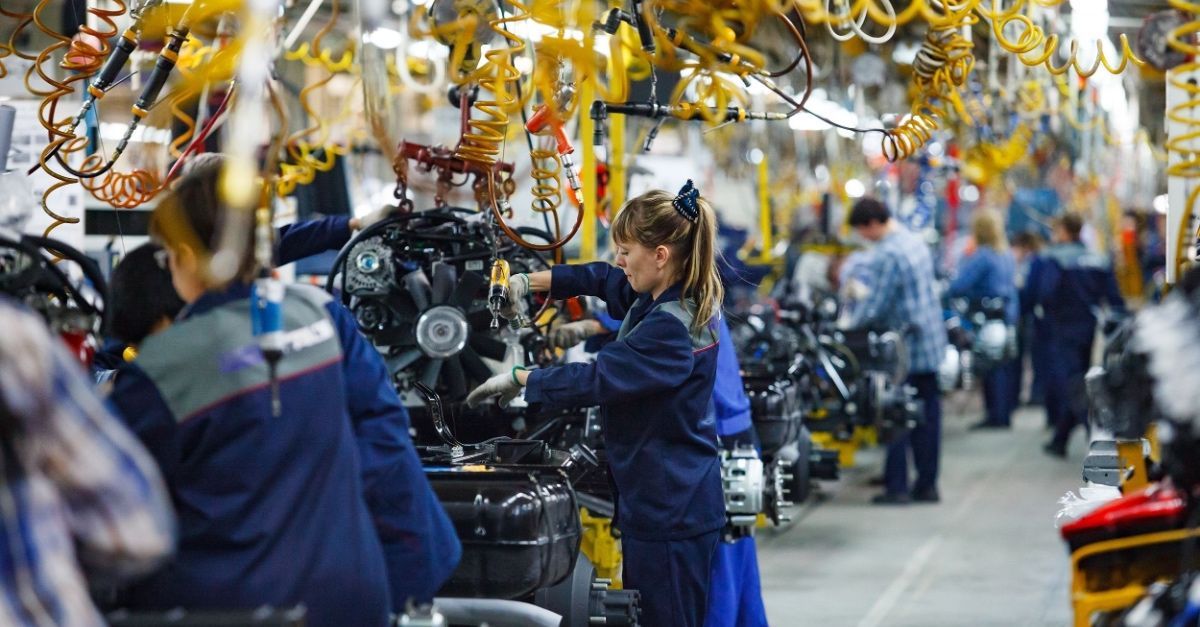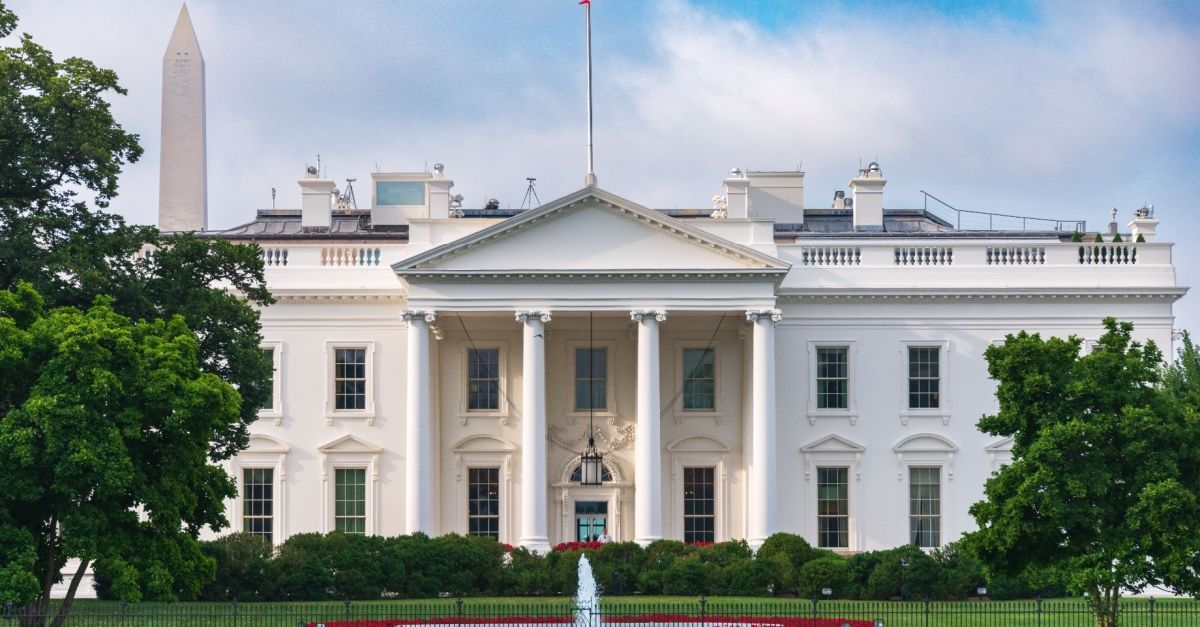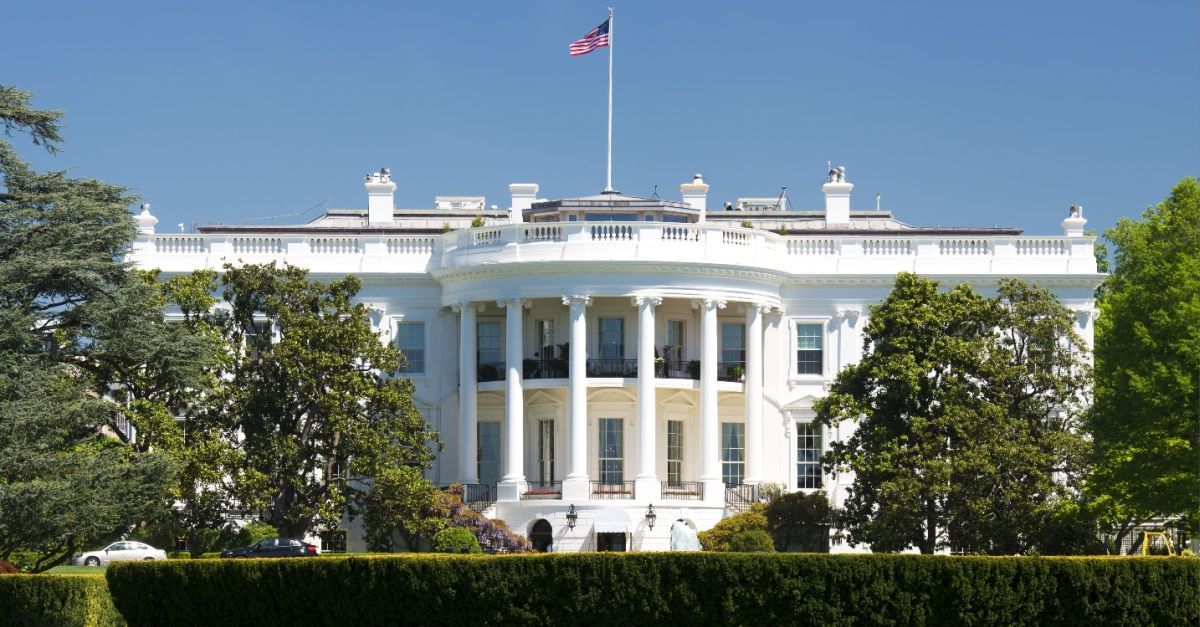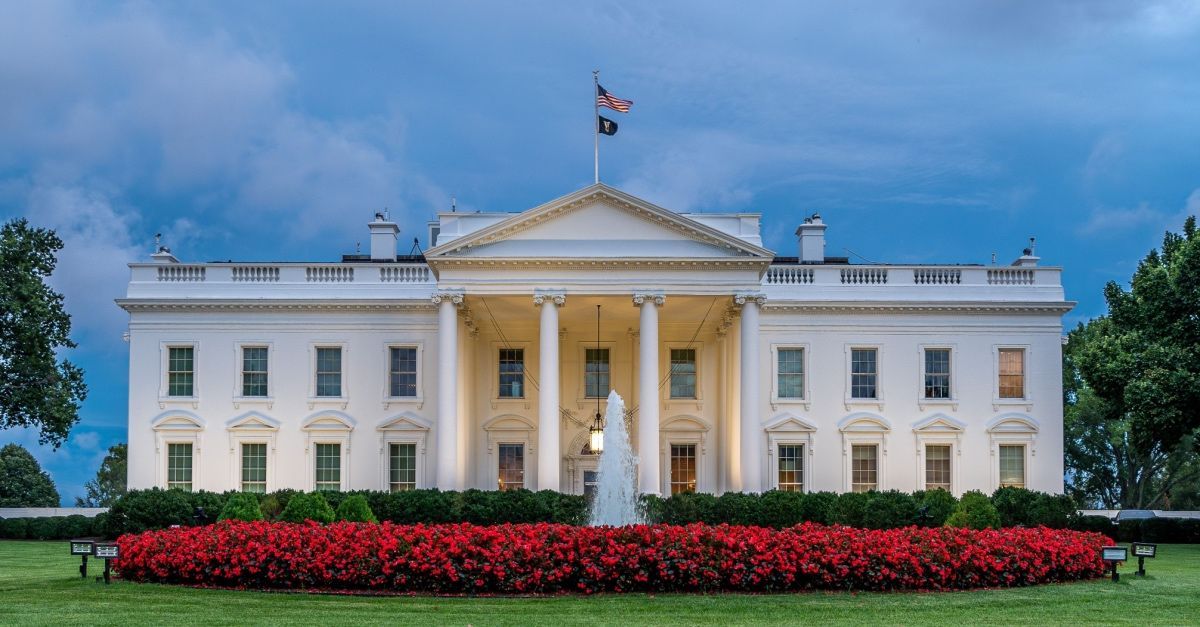Food and Beverage (F&B) Logistics Companies & Services: What to Look for When Partnering
Blog Post CTA
Food and Beverage (F&B) Logistics Companies & Services: What to Look for When Partnering
Especially when working with time-sensitive and essential products like food and beverages, companies must take the time to select F&B transporters properly. Companies throughout the food and beverage industry have issues with timing, proper temperature storage, and ensuring the transported has the proper verification. As stated from DAT about reefer, rates range from $3.66 to $2.84 throughout the U.S from the past 13 months. Reefers can help keep food and beverage products at the proper temperature for travel.
1. Start by Looking for Experts in Refrigerated Freight
If the transportation company does not have the proper refrigerated trucks or reefers to transport the food, the products will not make it to the destination. To ensure the shippers work with the appropriate food and beverage logistics transportation company, seek out companies that can:
- Maintain temperature-sensitive products; even shelf-ready consumer goods will spoil early if improperly stored.
- Ensure that your logistics providers possess adequate equipment to ship and store your raw materials.
- It is critical to look only for logistics partners that comply with the regulations put forth by The Food and Drug Administration (FDA) and the United States Department of Agriculture (USDA)
- Understands how to handle raw materials and finished products properly through each step of travel.
- Utilize dry vans or refrigerated freight depending on the demands for the cold chain.
2. Remember to Assess F&B Transporters’ Short-Term Storage Capabilities
- The suitability of using a dry van or reefer trucks depends on the shipment's temperature sensitivity.
- Offer cross-docking as an option to improve service and reduce costs for temperature-controlled, perishable items.
- Companies offer flexible and scalable shared space and labor to accommodate the dramatic changes in storage volume depending on demand and seasonality.
3. Evaluate The Provider’s Ability to Communicate and Share Data in Real-Time.
Companies that use advanced technology or implement modern solutions provide enhanced visibility, accurate real-time oversight, and improved forecasting. To achieve this, look for F&B transporters with the following options:
- Advanced technology and integration like order management systems (OMS), warehouse management systems (WMS), and transportation management systems (TMS) are possible to use.
- Integrated logistic services to help oversee and streamline the supply chain, control costs, and improve the quality of service altogether.
- Can they identify local processing centers that are ready and able to accept fresh goods around the clock?
- Can provide a team of experts available around-the-clock to help consider possible delays, for example, issues with the weather, to ensure on-time delivery.
4. Ensure the Provider Has All Proper Licensure and Requirements
To work with the best in food logistics and ensure the perishable products are taken care of properly, make sure the company transporting is credentialed and can show the following:
- FDA registration, including a unique FDA facility identification number for each location that handles food products.
- Proof of passing FDA inspections every three years in compliance with the Food Safety Modernization Act.
- An approved plan that identifies problems and solutions for any facility-specific issues that might compromise food safety.
- Has an American Institute of Baking (AIB) certification for food warehouses and distribution centers
- Good Manufacturing Practices (GMP) certification as a food-grade warehouse.
5. Assess the Transporter’s Reverse Supply Chain Capabilities
Reverse logistics starts with the consumer and will move back to the distributor or manufacturer through the supply chain. With food logistics, a product recall would be the primary reason for using reverse logistics. If the perishable items have an issue found in the entire batch or lot, the product will have a recall sent out.
6. Consider Type of Controls Are Used to Track Goods
- Pest control procedures
- Expiration date monitoring and lot/batch control
- Quality control measures
- Product segregation/anti-contamination measures
- Employee background checks
7. Evaluate How the Company Sanitizes Equipment Between Loads
Working with the proper F&B transporters also requires proper sanitation and care for the vehicles used for deliveries. Make sure the company can follow protocols such as:
- Pest control procedures
- Expiration data monitoring and lot/batch control
- Quality control measures
- Products segregation/anti-contamination measures
- Employee background checks
- Proper cleaning of the transportation and equipment between deliveries
8. Consider Providers That Have Trailer Drop Programs Available
A drop trailer is a truck trailer that the driver leaves or “drops off” at a shipper’s facility for unloading or loading at the receiver’s convenience. Either the original driver or another driver returns to pick up the trailer at a pre-arranged time. Shippers should consider such a program if they want to achieve the following:
- Ship consistent volume
- Struggle with excessive load time
- Need more space on docks
- Want greater flexibility
- Have enough space
Excel in Food and Beverage Logistics by Partnering With Entourage.
Working with perishable items in food and beverage logistics requires a lot of thought-out planning, visibility, and understanding the short window of time the product has for delivery. The food and beverage industry has very specific requirements for the logistics of warehousing, transport, and distribution. To receive the best support and assistance with your perishable products, contact Entourage Freight Solutions today.
